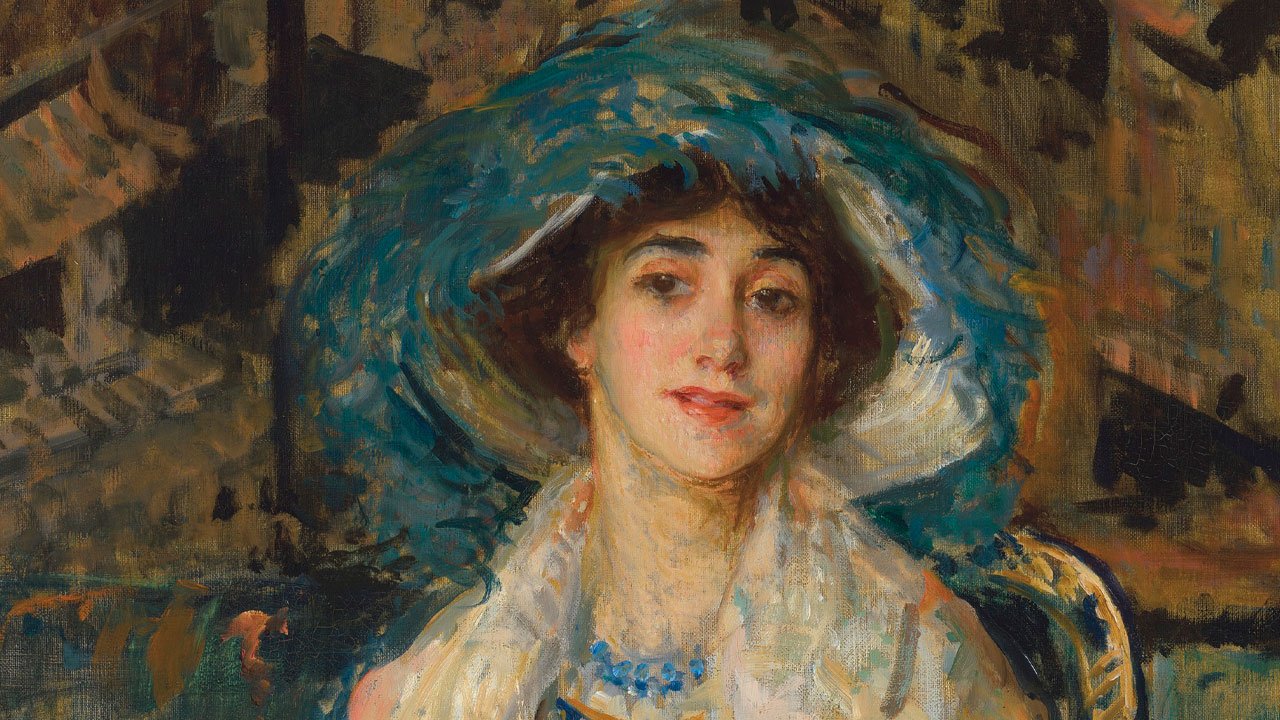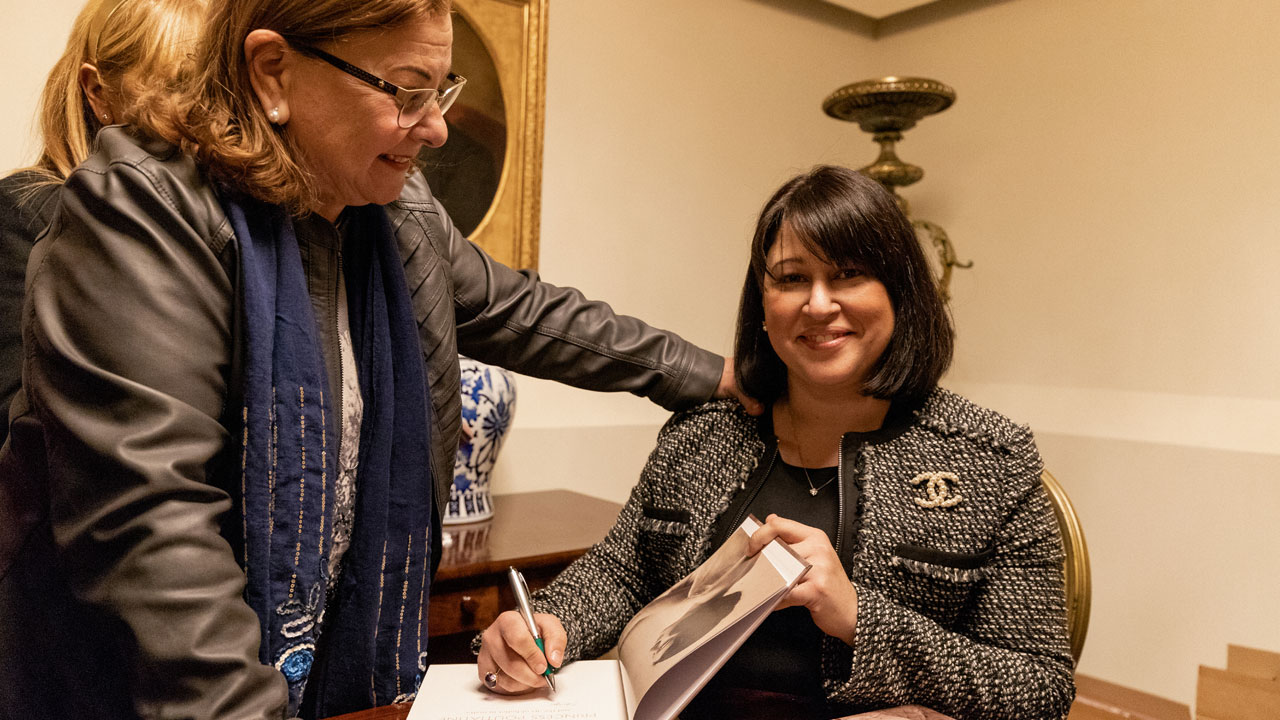Did this survey of contemporary ballet leave you optimistic about the health of the artform?
The Oxford Handbook of Contemporary Ballet was born out of a modest publication called Network of Pointes. Dr Jill Nunes Jensen and I were passionate about bringing together ballet scholars, critics, dancers, and choreographers (who all too often were separated in discussions). At the heart of Network of Pointes were reflections by Meredith Webster (Alonzo King LINES Ballet) and a conversation with Eric Underwood (former Royal Ballet dancer). A bigger affair was the 2016 conference that Jill and I curated in New York City; the collection of voices grew bigger and bigger. This Handbook proves that ballet is, in the majority of cultural contexts, thriving and very much a point of engagement within the last two decades and in recent times.
Do you have your own particular favourite of the ballets discussed?
What a tough question! I’m obviously biased towards the extensive repertoire that I’ve watched in London, Paris, and New York over the last 21 years. I do have my ‘special ones’. Karole Armitage’s Drastic Classicism comes to mind; I watched a restaging at the Royal Festival Hall in 2009 and just wanted to be on stage dancing to the rock music. William Forsythe’s Enemy in the Figure is one of the many Forsythe ballets discussed in the Handbook, which also includes insightful moments in the creative processes of some very recent ballets: Cathy Marston’s Snowblind, David Dawson’s Anima Animus and Justin Peck’s Hurry Up, We’re Dreaming for San Francisco Ballet’s Unbound Season (2018), are pretty high on my favourites list.
How did dance first enter your life?
I’d call myself the ‘typical’ middle class girl (dancing around her home aged three) whose mother sent her to an RAD ballet school in Malta. Led by Daphne Lungaro-Mifsud, Licentiate (LRAD) graduates taught at the school in the late 1980s and early 1990s. And through reading Dance Gazette, I became fascinated with what was then the BA(Hons) Art and Teaching of Ballet. That was over 20 years ago!
How have you found teaching at the RAD Faculty during the pandemic?
Life changed in March 2020. I returned from Malta, fresh from my book launch (Princess Poutiatine and the Art of Ballet in Malta) in a wonderful 17th-century theatre in Valletta, and found myself in quarantine and then lockdown at my home in Surrey. Reconceptualising the physicality of our classes and administrative meetings was a challenge. Dancers know how to improvise, and anyone working in dance education has risen to this challenge with grace and fortitude. There are silver linings: academic collegiality and the wonderful team that I work with, as well as our students’ resilience through all the shifts and changes.
You are also responsible for Academic Integrity at the RAD – what is the challenge of that role?
The highlight of Academic Integrity is the pursuit of honesty, fairness and other values connected with respecting and recognising the work of others. All too often it is perceived as a ‘policing’ role, but I hope that our communities of students, who come to the RAD to study dance pedagogy (and so much more!), will see that Academic Integrity is in line with any code of professional conduct.












